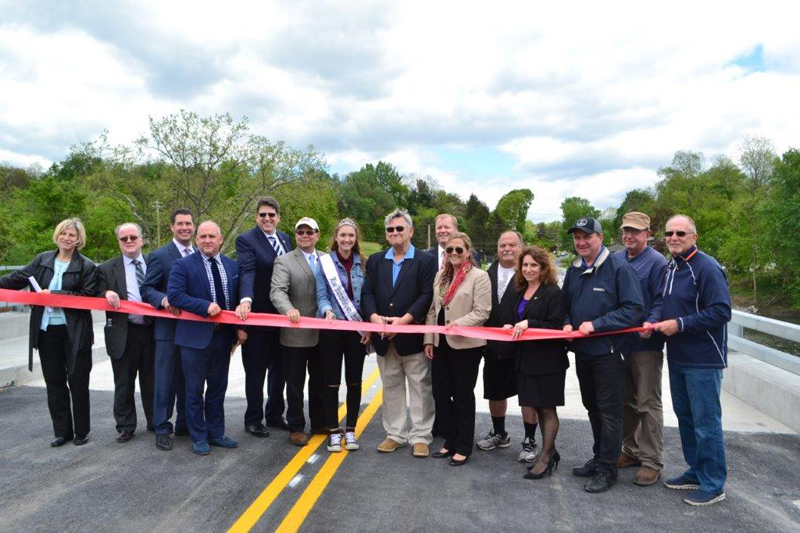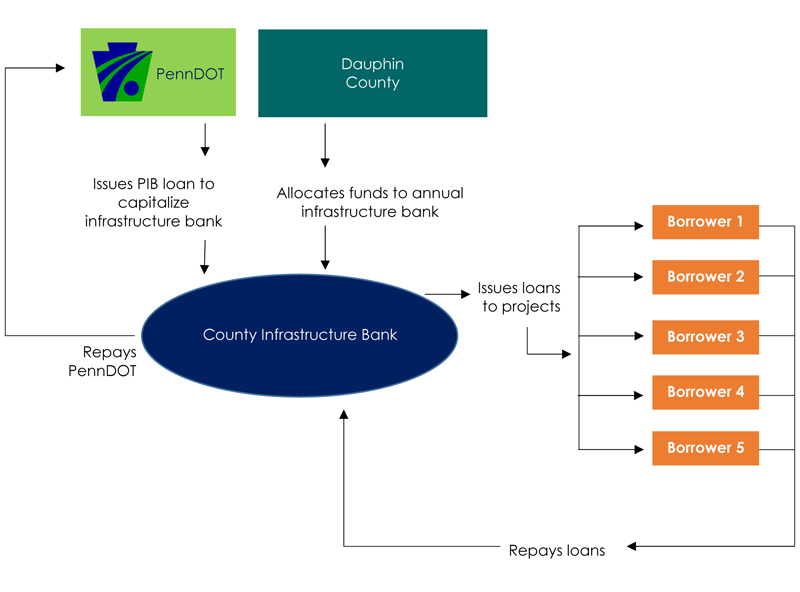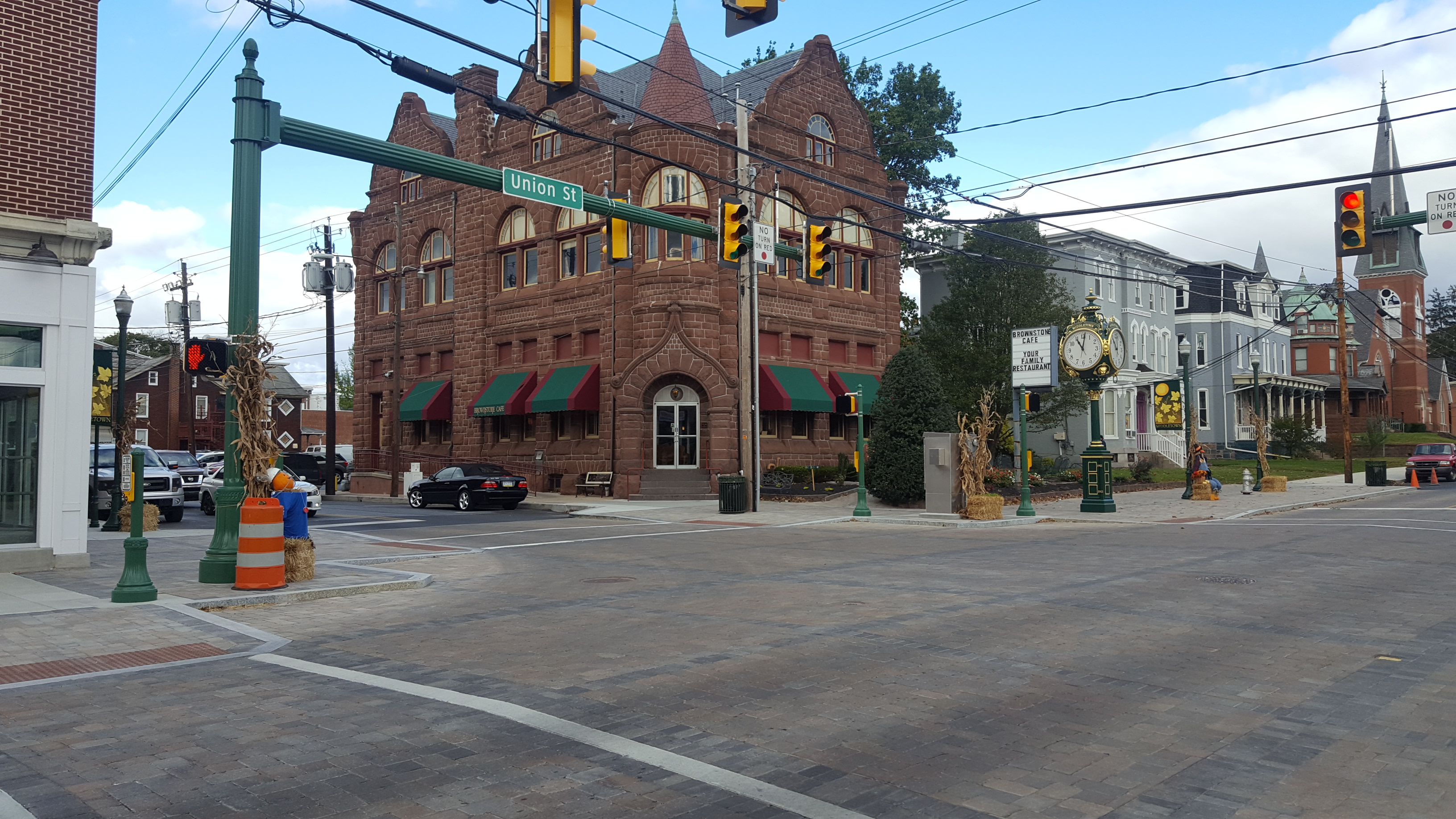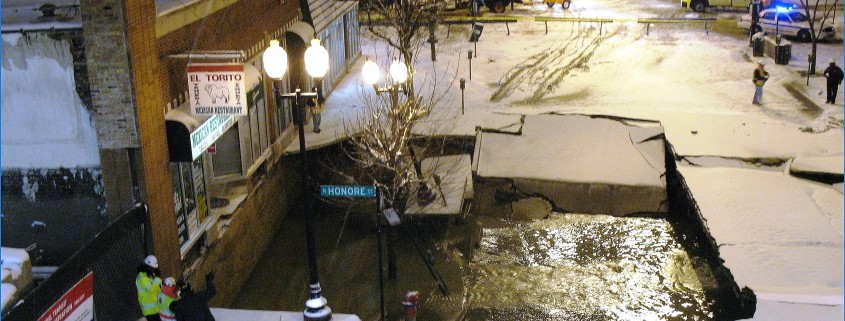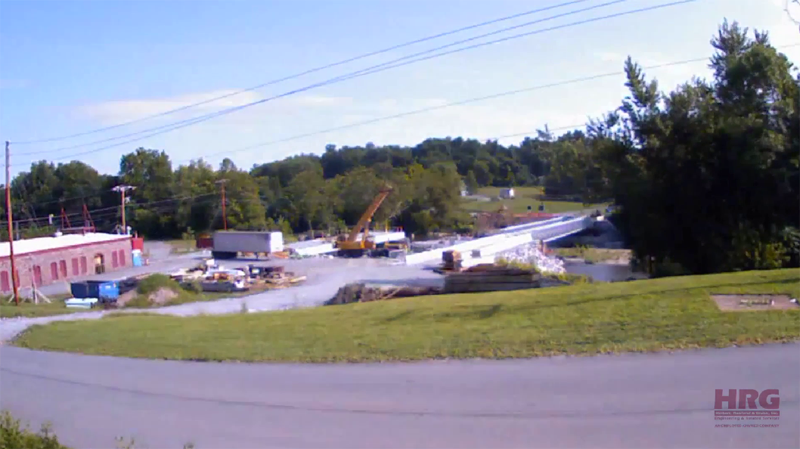Cooperation Prevents Pollution in the Wyoming Valley
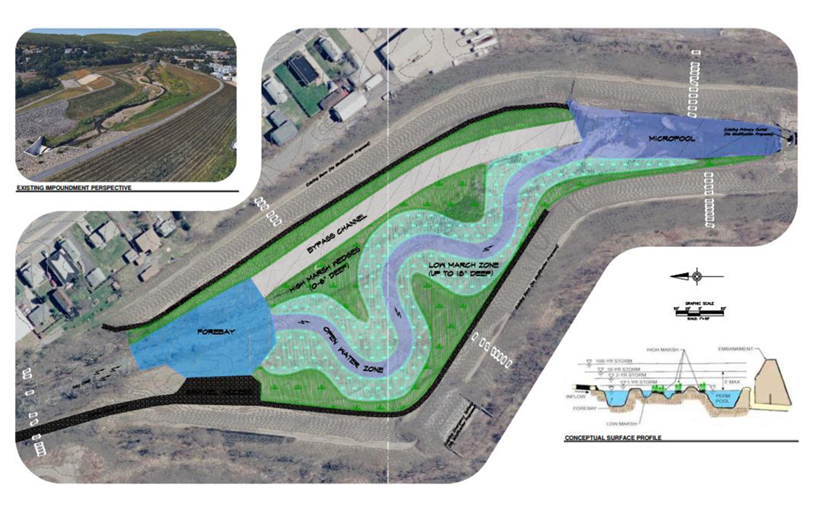
This article is an excerpt from the December issue of The Authority, a magazine produced by the Pennsylvania Municipal Authorities Association (PMAA). It is the third in a series of 3 articles about an innovative approach to stormwater management and MS4 compliance being pioneered by 31 municipalities and the Wyoming Valley Sanitary Authority.
Thirty-one municipalities in Luzerne County are piloting a regional approach to MS4 compliance that may revolutionize the way Pennsylvania responds to the growing challenges posed by stormwater.
They have signed cooperative agreements with the Wyoming Valley Sanitary Authority, which will serve as MS4 permit coordinator for the entire region. In our previous posts, we discussed the many ways a regional partnership can lower the cost of stormwater management for municipalities and the ways it is benefitting the taxpayers.
In this post, we’ll discuss how:
Cooperation prevents pollution.
Stormwater doesn’t recognize municipal boundaries. Pollution can travel through a watershed across multiple borders. Communities will be more effective at reducing pollution if they cut it off at the source, and that source may be in another municipality. This requires local governments to work together.
The same is true for flooding. Municipalities can better protect properties downstream if they address the source of the flooding upstream – even if that source is in a neighboring community.
A coordinated, regional approach will be much more effective at solving watershed problems than a fragmented approach where methods used by one municipality may be at odds with those used in another.
In the Wyoming Valley, the Pennsylvania Department of Environmental Protection has estimated local municipalities generate 39 million pounds of pollutants each year. These pollutants negatively impact local waterways, the Susquehanna River, and the Chesapeake Bay.
The regional approach being pioneered by the Wyoming Valley Sanitary Authority and its partners is projected to reduce this yearly pollutant load by 3.9 million pounds (or 10%).
The authority and its municipal partners will be implementing regional BMPS to accomplish this goal at a fraction of the cost they would’ve incurred if the municipalities were to go it alone.
The truth is: many municipalities are not able to meet the challenges stormwater brings on their own; the cost is too much for their budgets to bear. But they can reduce the cost – and make it manageable – if they share it with their neighbors through a regional approach to stormwater management like the one being pioneered in the Wyoming Valley.
By working together on a regional approach to MS4 compliance, municipalities there are estimated to save between 58% and 70% in capital costs over the next five years. They’ll save more than $200 million on operations, maintenance, and improvements over the next 20 years.
Cooperation saves money, benefits the taxpayer, and prevents pollution. Most importantly, it makes the seemingly impossible task of protecting our watersheds possible. We hear a lot these days about the challenges that face us, and there are many who are quick to say that the political climate or financial limitations prevent us from overcoming those challenges. But the example being set in the Wyoming Valley reminds us that no challenge is too big if people work together to conquer it.
Jim Tomaine has more than 30 years of engineering experience. He holds a bachelor’s degree in civil engineering from The Pennsylvania State University and a master’s degree in business administration from Wilkes University. He is the executive director of the Wyoming Valley Sanitary Authority and has been at WVSA for twenty seven years. Prior to the WVSA, Mr. Tomaine worked in the private sector as a design engineer. He currently holds his A-1 Wastewater Treatment Plant Operators Certification in Pennsylvania and is also a registered professional engineer.
Adrienne Vicari is the financial services practice area leader at Herbert, Rowland & Grubic, Inc. (HRG). In this role, she has helped the firm provide strategic financial planning and grant administration services to numerous municipal and municipal authority clients. She is also serving as project manager for several projects involving the creation of stormwater authorities or the addition of stormwater to the charter of existing authorities throughout Pennsylvania.



